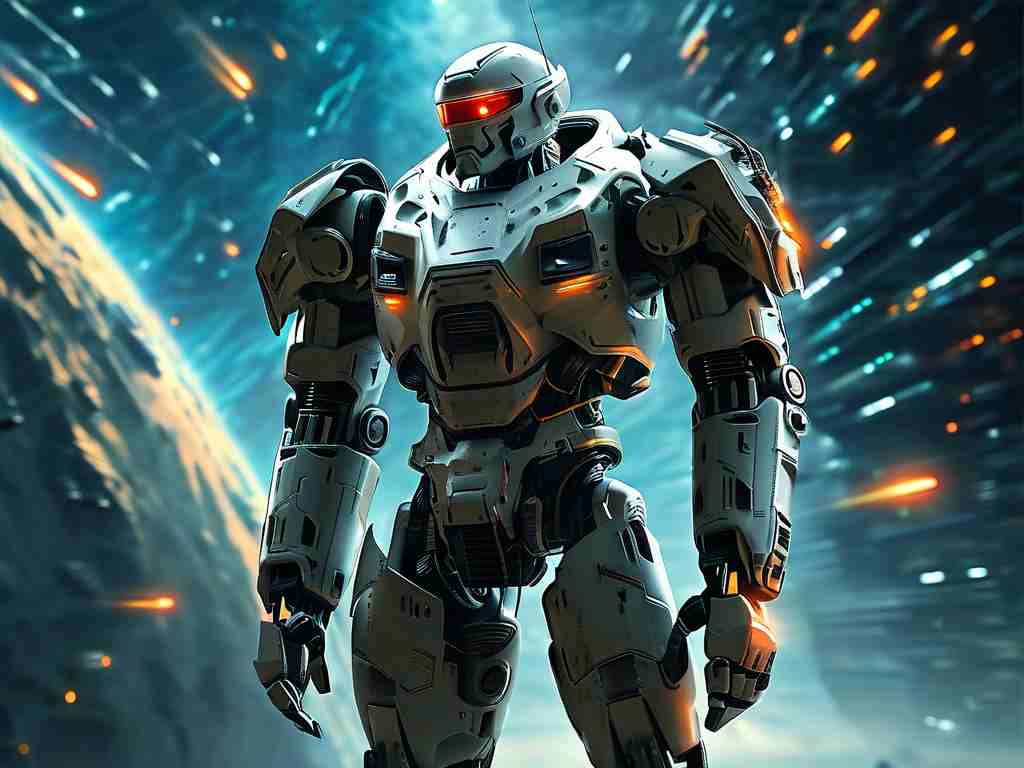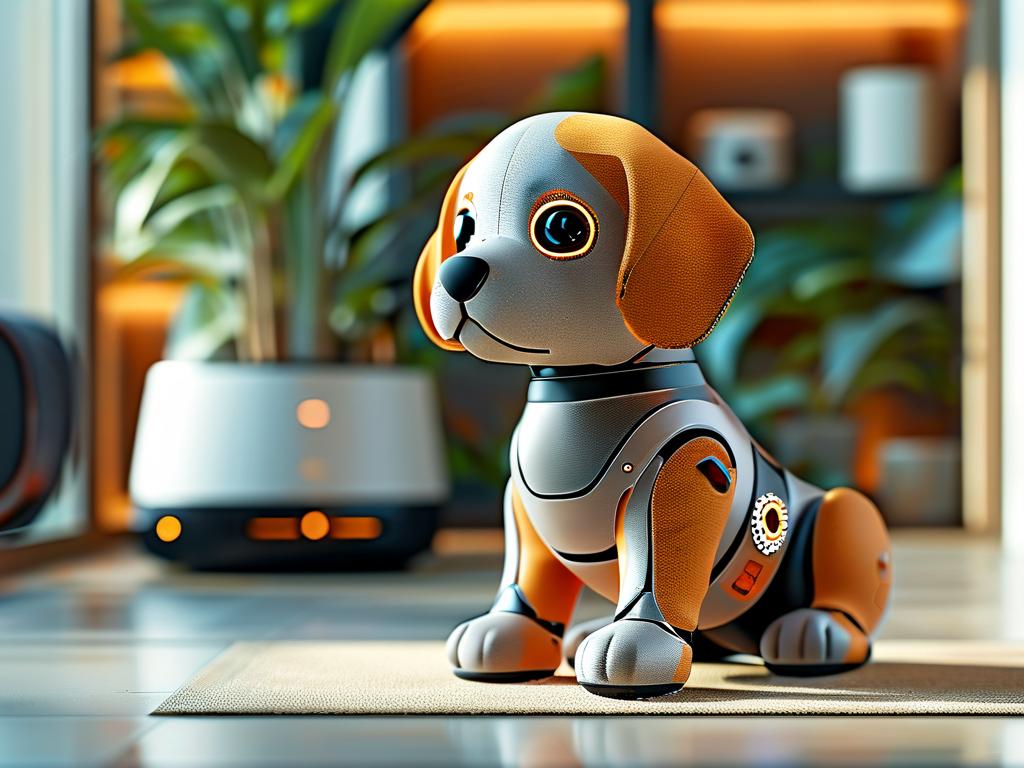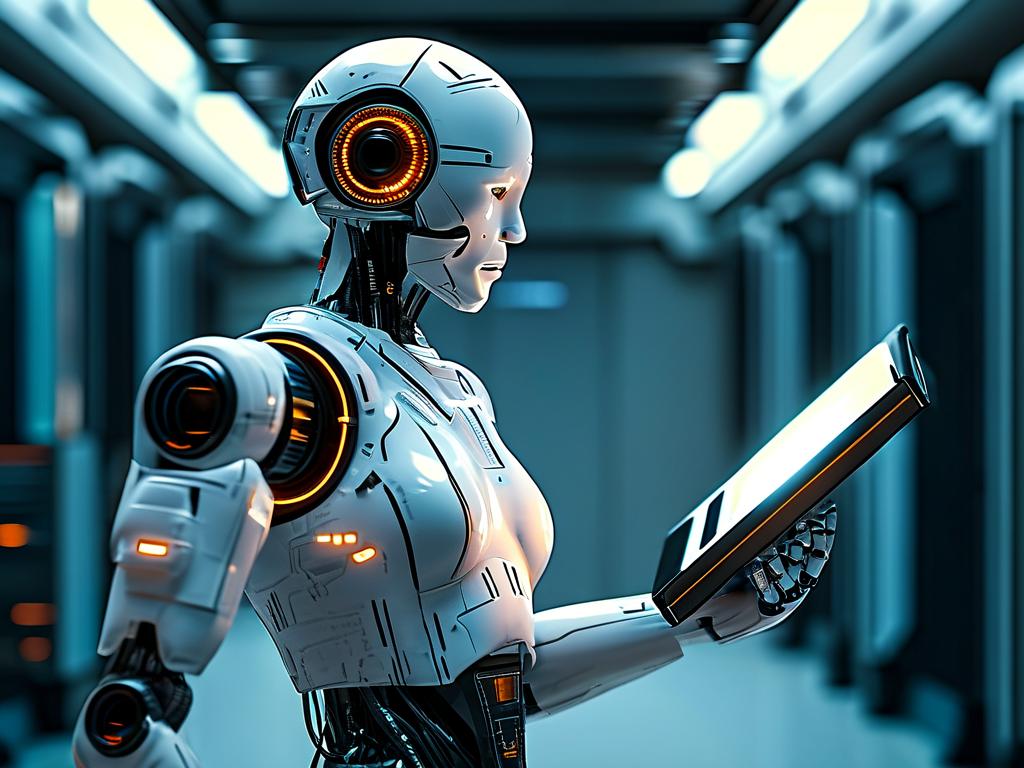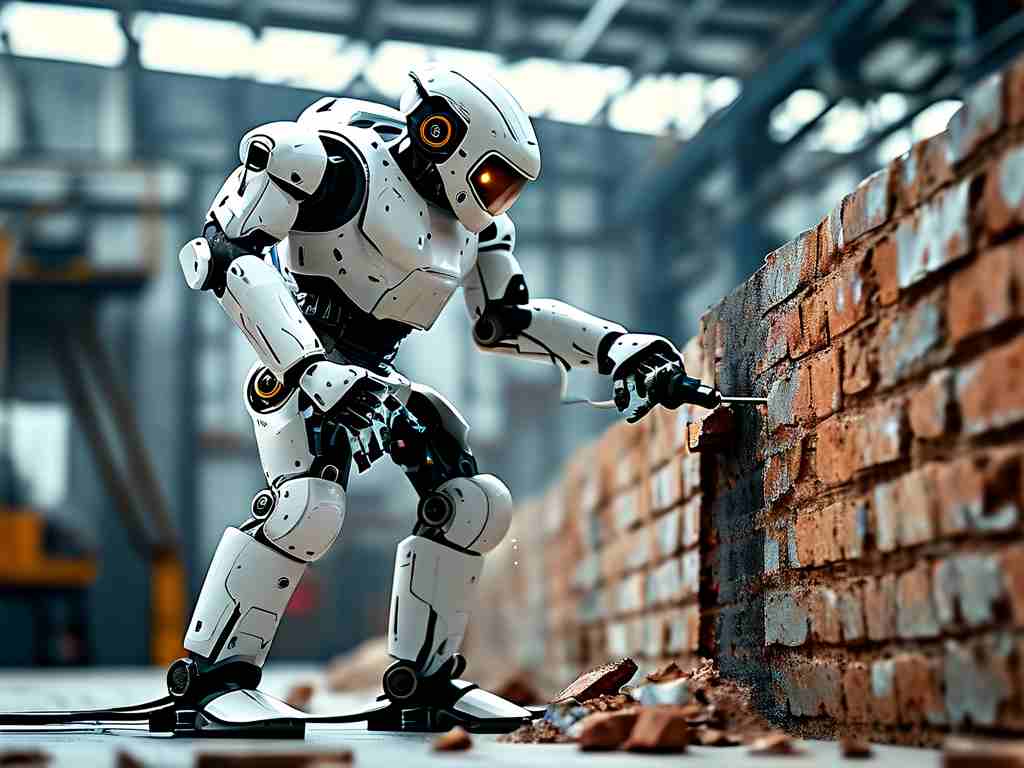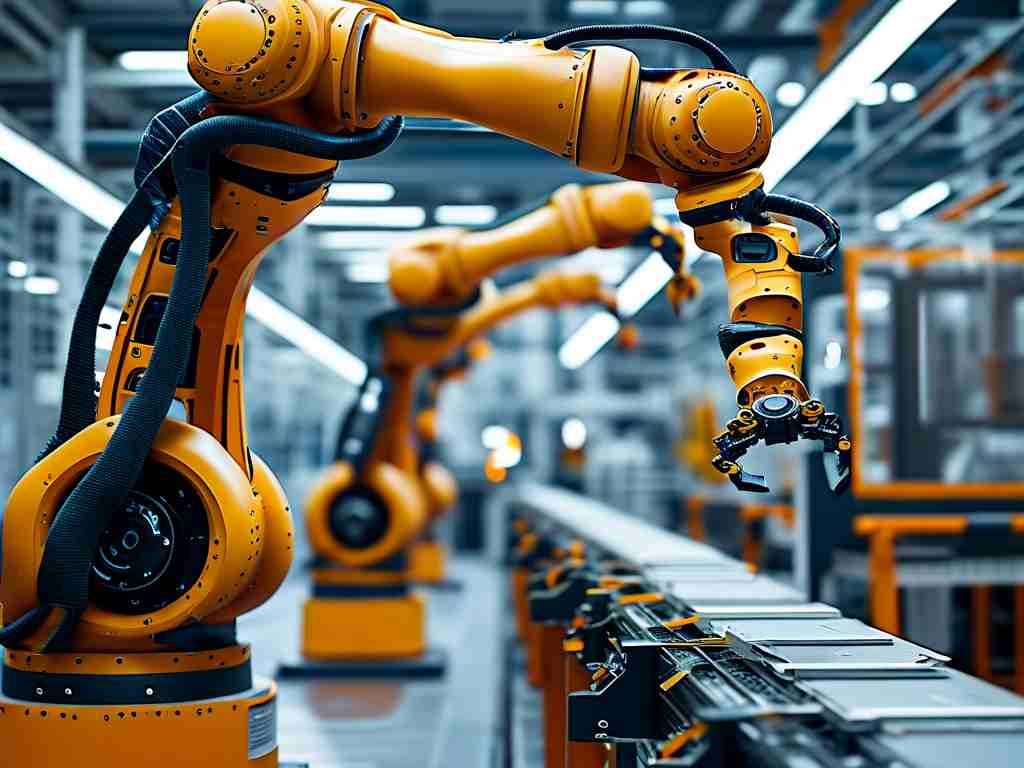In modern robotics, maintaining precise control over a machine’s center of gravity (CoG) is critical for achieving stability, agility, and efficiency. This technology has become a cornerstone for applications ranging from humanoid robots to industrial automation systems. By dynamically adjusting posture and weight distribution, robots can adapt to uneven terrain, carry variable loads, and perform complex tasks with minimal energy expenditure. This article explores the principles, challenges, and innovations driving advancements in robot CoG control.
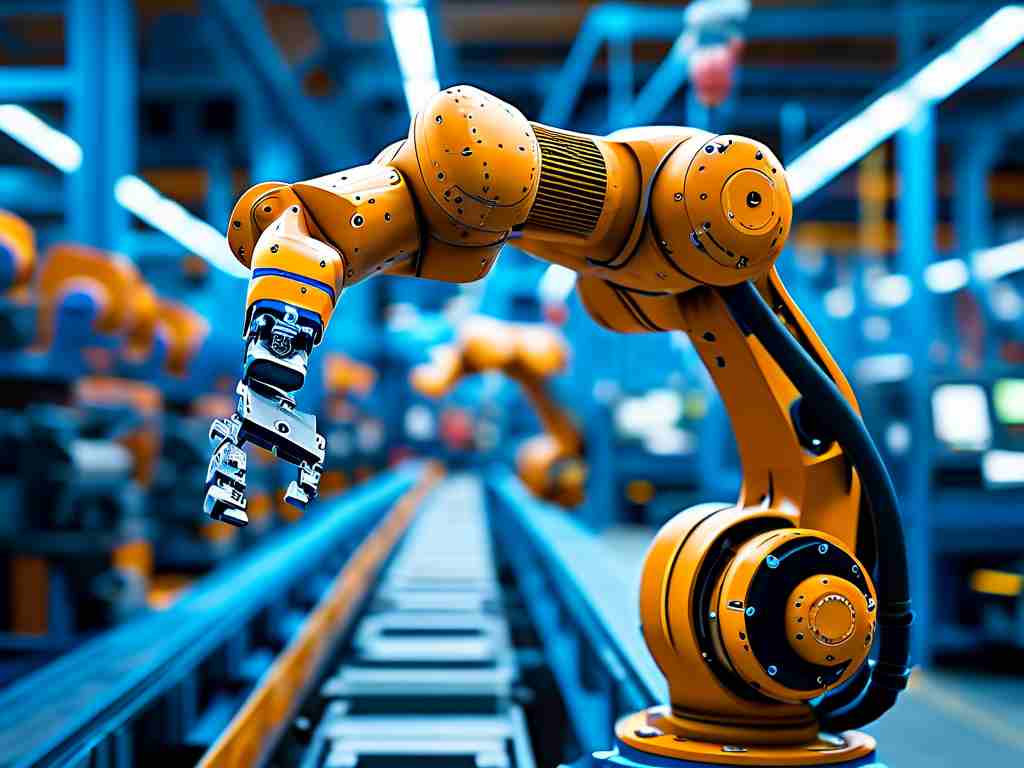
Core Principles of CoG Adjustment
A robot’s center of gravity refers to the point where its mass is evenly distributed. For bipedal or quadrupedal robots, maintaining CoG within a stable zone ensures balance during movement. Traditional methods rely on static calculations, but modern systems employ real-time sensors like inertial measurement units (IMUs) and force-torque sensors to monitor shifts in mass. Algorithms then process this data to adjust joint angles, limb positions, or even redistribute internal components. For example, humanoid robots use hip and ankle actuators to shift their CoG when climbing stairs, while drones adjust propeller speeds to stabilize mid-air maneuvers.
Challenges in Dynamic Environments
One major hurdle in CoG control is managing external disturbances. A robot working on a construction site, for instance, must compensate for sudden weight changes when lifting objects or resisting wind gusts. Researchers address this by integrating predictive models with machine learning. These systems simulate potential scenarios—like a warehouse robot encountering a slippery floor—and precompute optimal counteractions. Boston Dynamics’ Atlas robot, for example, uses model predictive control (MPC) to recalibrate its CoG milliseconds after being pushed, demonstrating remarkable recovery capabilities.
Innovations in Actuation and Design
Hardware advancements play an equally vital role. Soft robotics introduces flexible actuators that mimic muscle behavior, enabling smoother weight shifts. Meanwhile, modular designs allow robots to physically reconfigure their structures. A hexapod robot might detach a malfunctioning limb and instantly redistribute its CoG to maintain balance. Additionally, hybrid systems combining wheels with legs—such as Toyota’s T-HR3—leverage both static and dynamic stabilization, switching modes based on terrain complexity.
Energy Efficiency and Optimization
Energy consumption remains a critical concern. Constantly adjusting CoG can drain power reserves, especially for autonomous robots. To mitigate this, engineers are developing "passive stability" mechanisms. For instance, some agricultural robots use pendulum-like counterweights that naturally stabilize their CoG during motion, reducing reliance on active systems. Similarly, bipedal robots optimized for walking employ trajectory planning algorithms to minimize actuator effort by aligning movements with natural gravitational forces.
Applications Across Industries
The impact of advanced CoG control spans multiple sectors. In healthcare, exoskeletons use CoG adjustments to assist patients with mobility impairments, ensuring smooth transitions between sitting and standing. Logistics robots in e-commerce warehouses achieve faster navigation by dynamically balancing heavy loads. Even space exploration benefits: NASA’s Robonaut 2 employs CoG shifting to manipulate tools in microgravity, where traditional stabilization methods fail.
Future Directions
Emerging trends include bio-inspired designs, such as avian-like drones that mimic birds’ ability to adjust CoG during flight. Another frontier is swarm robotics, where clusters of small robots collectively balance loads by coordinating individual CoG shifts. Advances in quantum computing could further revolutionize real-time CoG calculations, enabling near-instantaneous responses to environmental changes.
In , robot center of gravity control technology is not just about preventing falls—it’s about enabling machines to interact intelligently with their surroundings. As sensors, algorithms, and materials evolve, robots will achieve unprecedented levels of autonomy, transforming industries and redefining what machines can accomplish.



